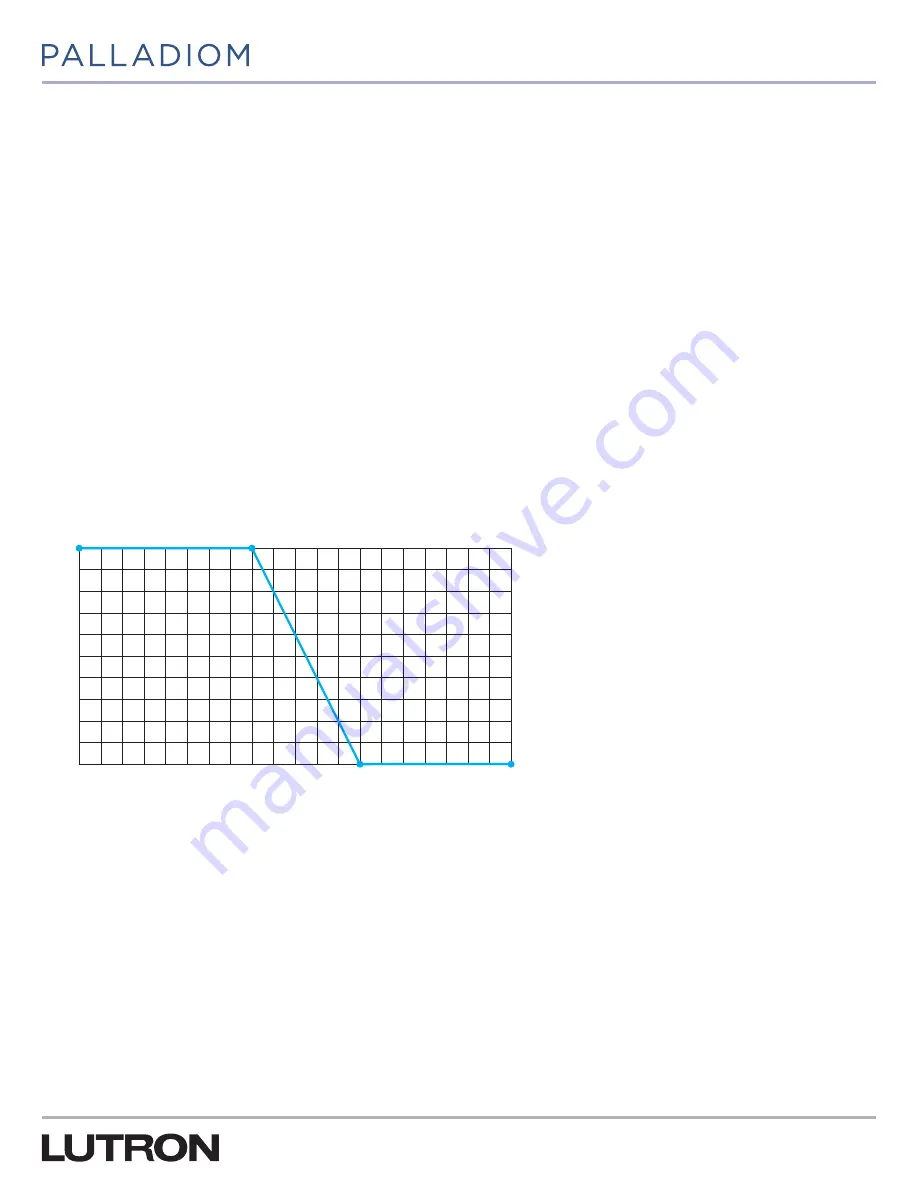
26
P/N 032498h
Step 5: Set the SMC55-HWQS Advanced Parameters to Modify the
Functionality of the HVAC System
(continued)
Parameters Applicable for Radiant Underfloor Heating System
1
Radiant Underfloor Heating Control Summary
Pulse Width Modulation (PWM) Temperature Control (for relay signals only)
Both indoor air temperature control and floor temperature control uses a PWM control algorithm when using relays. PWM works
by turning the heat on during a calculated percentage of the cycles per hour (parameter 94A).
For example, if the controller is configured to have 3 cycles per hour, there will be three 20-minute time periods in an hour. Every
time period will have the heat on for a calculated percentage of the period, known as a “duty cycle”. The duty cycle is calculated
mostly by the temperature difference from the setpoint.
• The duty cycle equals 100% of the time period when the temperature is at or below the setpoint minus the floor 100%
differential (parameter 92A).
Example:
If the setpoint equals 70 °F, the duty cycle is 100% when the temperature is at or below 68°F (70 °F − 2 °F).
• The duty cycle equals 0% of the time period when the temperature is at or above the setpoint plus the floor 0% differential
(parameter 93A)
Example:
If the setpoint equals 70 °F, the duty cycle is 0% (off) when the temperature is at or above 72 °F (70 °F + 2 °F).
Short Cycle Prevention:
To prevent the controller from cycling too quickly, duty cycle rounding is used if the cycle is almost fully
on or off. If the duty cycle value is 95% or higher, the duty cycle is rounded to 100%. If the duty cycle value is below the minimum
pulse width (Parameter 54A), the duty cycle is rounded to 0%.
0–10 V
-
Control (for 0–10 V
-
signal only)
If the valve control is set to 0–10 V
-
, the controller provides a continuous voltage output to the valve actuator. Similar to PWM
with relay control, the duty cycle calculated determines the output, but now in a voltage instead of an on / off interval. For
example, a duty cycle of 30% is similar to a 3.0 V output signal to the valve actuator.
Duty Cycle Sample Adaptation (for both relay and 0–10 V
-
signals)
The radiant floor control algorithm also uses a duty cycle sample adaptation. The purpose of the adaptation is to dynamically
change the duty cycle according to the newly sampled temperature.
Figure 12: Simplified Graph of the Duty Cycle Calculation
D
u
ty C
yc
le O
n %
Temperature (°F)
60 61 62 63 64 65 66 67 68 69 70 71 72 73 74 75 76 77 78 79 80
100
90
80
70
60
50
40
30
20
10
0
1
Included with SMC55-HWQS version 7420 or newer and HomeWorks Palladiom Thermostat version 1.10 or newer.
Continued on next page...






























